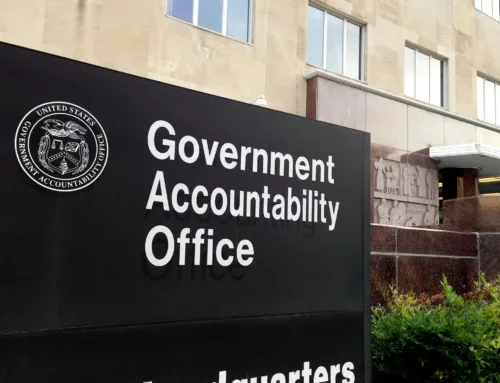The president’s budget request proposes changes to the highly subsidized crop insurance program to rein in wasteful spending while ensuring the safety net is focused on those actually farming. Projected to cost nearly $8 billion annually, but spiking to as much as $14 billion in 2012, federally subsidized crop insurance is consistently the most expensive federal income entitlement available for agricultural businesses. It’s also the only federal farm program that subsidizes all businesses regardless of how much profit they make and has no payment limit, enabling some businesses to benefit from more than $1 million in premium subsidies in a single year.
The budget request proposes nearly $25.8 billion in savings from the federally subsidized crop insurance program, slightly less than last year’s $26.1 billion, through policies that TCS has long advocated. The budget generates $641 million in savings by limiting eligibility to receive crop insurance subsidies to agricultural businesses with less than $500,000 AGI (adjusted gross income).
This change would actually impact few businesses. In 2013, a year of record income in agriculture, less than 2.1 percent of all agricultural businesses had an AGI in excess of half a million dollars. For most producers agricultural income has fallen from this artificial high meaning even fewer businesses would be affected.
The bulk of the crop insurance savings comes from decreasing the taxpayer-paid portion of crop insurance premiums. On average, taxpayers subsidizes 62 percent of the crop insurance premium while agricultural producers only pay 38 percent of the cost. The president’s budget would get this closer to an actual partnership by decreasing the average premium subsidy down to 48 percent. A safety net program that enables a business to buy insurance guaranteeing they make up to 85 percent of what they expected to make AND they only have to pick up half the check? Seems pretty generous.
The proposal also calls for reducing subsidies to private insurance companies to manage and deliver the program. This is done primarily by reducing the government guaranteed profit for companies down to 12 percent instead of the current 14 percent ($3 billion). The budget request includes a new proposal eliminating the crop insurance 508(h) program, where private sector companies can be reimbursed for costs in developing new crop insurance policies. The 2018 Farm Bill included a provision to reimburse private companies for millions of dollars in costs the companies claim for development even when USDA finds these costs claims “unreasonable.” Removing this process would relieve taxpayers $120 million.
Reducing the federal taxpayer burden in the crop insurance program has been a focus of both President Trump and President Obama before him. These common sense reforms to federally subsidized crop insurance are a great step towards creating a safety net that taxpayers can afford. The president’s FY20 budget request does a good job at focusing the safety net on responsible farmers and ranchers pulling their weight. Now the administration has to fight for these changes, because Congress has rejected them before.










